With extensive expertise in trauma, musculoskeletal, radionuclide (Nuclear Medicine), and post-mortem CT imaging, Dr Oh plays a critical role in medico-legal cases by providing expert radiology reports for both Claimant and Defendant cases. His approach prioritises objectivity, clarity, and precision, ensuring that radiological evidence is accurately interpreted and effectively presented in legal proceedings.
In this interview, Dr Oh discusses the evolving role of radiology in forensic investigations, the impact of advancing imaging technology on court cases, and how expert witnesses can communicate complex findings in a way that is clear, defensible, and impartial.
With over a decade of medico-legal experience, what are the key factors you consider when preparing expert radiology reports for legal cases?
As I remain impartial and neutral, all I need are the documents, including images, available for me to prepare a good Expert Report. It is important that evidence is carefully evaluated, as it is often a decision of whether a breach of duty was relevant in many cases.
Your expertise spans trauma, musculoskeletal, radionuclide (Nuclear Medicine) and post-mortem CT imaging. How do these specialisms contribute to forensic investigations and legal proceedings?
Trauma goes well with musculoskeletal since many overlaps occur here. Both can also be helpful in doing any Post-mortem reporting since it helps me have confidence in including or excluding skeletal and other injuries. Radionuclide studies often have a bony element, too, with many SPECT-CT involving the spine or prosthesis. Post-mortem imaging is a relatively new field that will no doubt grow rapidly and may soon become the norm as a 'virtuopsy'-a non-invasive method of determining the cause of death. It is also likely to play a significant role in forensic investigations.
Given your experience working on both Claimant and Defendant cases, how do you ensure impartiality and maintain the highest standards of objectivity in your reports?
I ignore whether Instructions are from claimant or defendant cases and simply answer impartially what is set out for me to give Expert Report on as per Letter of Instructions. This ensures I always provide the highest standards for objectivity in all my reports.
How have advancements in imaging technology changed the role of radiological evidence in court cases, particularly in trauma and musculoskeletal disputes?
As Radiology technology progresses, more types of scans are available, including 3D reconstructions and SPECT-CT, among others. Existing technology is also being deployed in new ways, such as the increasing use of CT for post-mortem imaging to determine the cause of death non-invasively.
Cross-examination can be a challenging aspect of expert testimony. How do you present complex radiological findings in a way that is clear and defensible to legal professionals and the court?
A picture tells a thousand words, and it's best to show an image of the normal anatomy of an area, then contrast it with the pathology present and explain in layperson terms what the differences are and why that may be important.
What do you see as the biggest challenges and opportunities in the use of radiology within medico-legal cases, and how do you anticipate the field evolving in the coming years?
More complex cases with multiple imaging modalities are now common. Artificial Intelligence (AI) use may also complicate some cases, an aspect I expect to only grow quickly in this field.
